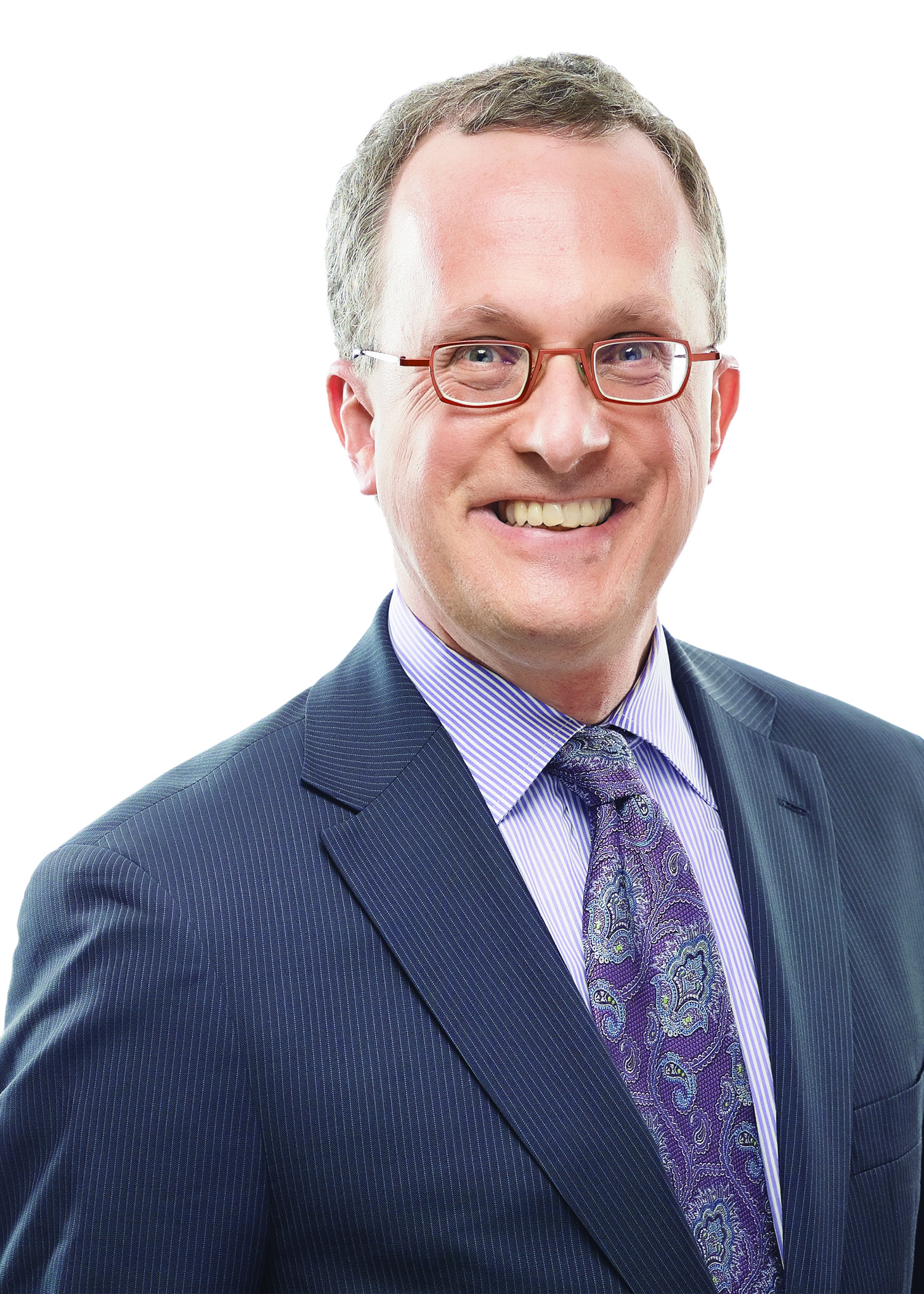
It seems Canadian lawyers are spending fewer hours on pro bono work than they were last year.
 According to the Canadian firms that sent their data to the 2016 TrustLaw Index of Pro Bono, their lawyers spent an average of 13 hours on pro bono work over the last year, a decrease of 1.8 hours from the previous index.
According to the Canadian firms that sent their data to the 2016 TrustLaw Index of Pro Bono, their lawyers spent an average of 13 hours on pro bono work over the last year, a decrease of 1.8 hours from the previous index.
The percentage of lawyers completing 10 hours or more of pro bono also dropped by more than 25 per cent, to 26.9 per cent from 36.3 in 2015.
The survey average was 39.2 pro bono hours per lawyer in the last year.
However, Nicholas Glicher, director, legal, and head of African Programmes at the Thomson Reuters Foundation based in Johannesburg, says only four Canadian firms — Blake Cassels & Graydon LLP, McCarthy Tetrault LLP, Shearman & Sterling LLP, and Skadden, Arps Slate Meagher and Flom LLP — responded to TrustLaw’s request for data, which makes it difficult to “judge the whole of the Canadian pro bono community.”
In 2014, Canadian Lawyer conducted a pro bono survey offering more of an in-depth look at the Canadian pro bono market.
Gordon Baird, partner at McCarthy’s and chair of its National Pro Bono Committee, says he was surprised by the drop compared to last year’s index and is hoping to increase the firm’s hours up significantly.
“Our goal — although whether it’s ultimately achievable I don’t know — is to try to get to 50 hours per lawyer per year,” Baird says.
“We’re clearly well short of that but we’re always looking for good opportunities for pro bono projects for our lawyers. I would love to see the number higher than it is at the moment.”
Part of the problem, Baird says, is that much of the work out there isn’t suited to the kind of work the firm does. There’s a ton of demand for help with family law cases, for example, but “we don’t do family law,” he says.
“Part of our challenge is to find work that fits within our skillset,” Baird explains.
“We’re constantly searching for other referral sources of interesting work. We know the work is out there — it’s just a question of getting connected to it.”
Glicher says for future reports he’s hoping to get more information about the Canadian market.
“This will give us a much more rounded, fuller picture of what’s actually happening on the ground in Canada,” he says of the TrustLaw survey, now in its third year.
Baird suggests other Canadian firms may be challenged by the actual tracking of pro bono hours. At McCarthy’s the firm lawyers file pro bono hours just like billable hours and the information can be available from the firm’s accountants “within minutes.”
Shearman & Sterling, and Skadden Arps Slate Meagher and Flom are in fact U.S.-based multinational firms with Canadian offices.
“It is a little more difficult to stand out, particularly if firms are blending the numbers across borders because there’s a much stronger pro bono culture in the U.S. certainly than there is in Canada,” Baird says.
“It does create numbers that are a little difficult for us to compare. It may not be immediately apparent but I think it’s really apples and oranges — you’re not really comparing the same thing.”
Compiled using data from over 130 law firms, representing 64,500 lawyers in 75 countries, Glicher says the index aims to provide transparency on the amount of pro bono work being done across the globe and also offer information on how to structure a robust and sustainable pro bono program.
“At the moment the U.S. market is light years ahead of the rest of the world when it comes to pro bono, and there is much more data about pro bono in the U.S. than there is in any other market — I’m in no doubt that those two things are linked,” Glicher says.
Of the firms who responded, 65 per cent have a pro bono policy, 85 per cent employ a pro bono coordinator, and 60 per cent have a pro bono committee. These structures have a significant effect on pro bono engagement levels.
The data shows pro bono engagement levels are spreading beyond the traditional markets. China’s pro bono work has grown 211 per cent since the first index in 2014, with lawyers there clocking an average of 37 hours annually — a number that rivals established markets such as Australia and England and Wales. Glicher says Asia has seen a 40 per cent year-on-year increase since the survey began.
“There’s such a swift globalization of law firms at the moment and what this brings is an understanding of how to build comprehensive pro bono programs.”
The survey also reports a substantial increase in the selection of the “Immigration, Refugees and Asylum” topic as a key focus area for pro bono work.
41.4 per cent of firms — compared to 24 per cent last year and 28 per cent the year before that — saw more pro bono hours dedicated to this area.
He says the rise in focus on the global refugee crisis shows a willingness of law firms to use their significant resources and expertise to “help tackle one of the greatest challenges we are facing, potentially, in this generation.”